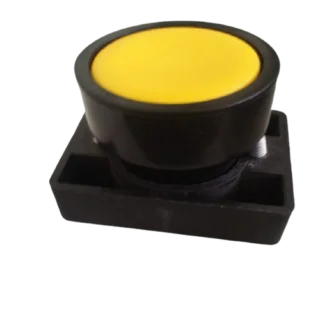
Absolutely, I’d be happy to help clarify the distinction between a multimeter and a voltmeter.
- Voltmeter:
- A voltmeter is a measuring instrument used to measure voltage or electric potential difference between two points in an electrical circuit.
- It is typically connected in parallel to the circuit under consideration.
- Voltmeters are designed to measure voltage across a specific component or portion of a circuit.
- There are analog and digital Analog voltmeters use a needle to indicate voltage, while digital voltmeters provide a numerical readout.
- Multimeter:
- A multimeter, short for “multiple meter,” is a versatile measuring instrument that combines several measurement functions in one device.
- The basic functions of a multimeter include measuring voltage (volts), current (amps), and resistance (ohms).
- Multimeters are capable of measuring AC (alternating current) and DC (direct current) voltage and current.
- They often have additional features such as continuity testing, diode testing, and sometimes capacitance and frequency measurements.
- Multimeters can be used to troubleshoot and diagnose electrical problems in various electronic and electrical systems.
Key Differences:
- Functionality: A voltmeter specifically measures voltage, while a multimeter can measure voltage and perform additional functions like current and resistance measurement.
- Connection: A voltmeter is usually connected in parallel to the circuit, measuring the potential difference across a component. A multimeter can be connected in different ways depending on the function you want—parallel for voltage, in series for current, and across a component for resistance.
- Versatility: A multimeter is a more versatile tool, combining multiple measurement functions in one device. It’s like having a voltmeter, ammeter, and ohmmeter all in one.
In summary, while a voltmeter is specifically designed to measure voltage, a multimeter is a more comprehensive tool that can measure voltage, current, resistance, and often other parameters in an electrical circuit.
Written by kanchan kan
- Industrial Automation141141 products
- Cooling Fan44 products
- Indicators1111 products
- Plastic Casing66 products
- Sensor2323 products
- Sleeve and cables55 products
- SMPS88 products
- Solid State Relay Module22 products
- Switches1818 products
- Temprature Sensor11 product
- 3D Printing189189 products
- 3D printing118118 products
- Combination Kit4747 products
- Electronic743743 products
- Audio55 products
- Battery/Charger Accessories2828 products
- Capacitors6464 products
- Connector4646 products
- cooling fan11 product
- Diode3535 products
- Displays1212 products
- IC and Chips6565 products
- IOT and Wireless99 products
- Leds2424 products
- Microcontrollers55 products
- Modules/Shield7575 products
- MOSFET / IGBT1414 products
- Power Supply2525 products
- Resistors130130 products
- Sensors5959 products
- SMD2828 products
- Switches1414 products
- Transistors6868 products
- Wire and Cables1212 products
- Hardware3232 products
- Hand Tools1414 products
- Hardware Accessories1414 products
- Printing22 products
- RC Plane and Drone99 products
- Robotic147147 products
- BO Motors1313 products
- General Purpose DC Motors2929 products
- Motor Drivers88 products
- Robotic Wheels & Tyres1414 products
- Servo Motor2727 products
- Stepper Motors88 products
- Synchronous Motor11 product
- Science Fair Project7070 products
- Final Year Ready Project Kit11 product
- STEM KIT2222 products
- E Books88 products




Leave a Reply
You must be logged in to post a comment.